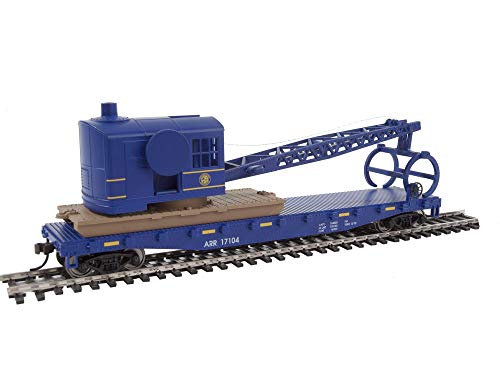I envision a concern with single sourcing from Siemens more from a competitive point of view than anything else - if Amtrak wants to be able to buy from more than one or two companies, they need to actually buy from more than one or two companies every once in a while. If they don't, Siemens will scale up bigger than their competitors and push smaller players into niche segments or out of the US market, possibly with a side of acquisitions.
Same reason Lockheed Martin and Boeing both get military contracts, just a different sector.
Hopefully Amtrak likes the Airos and options another several dozen sets, plus cars to lengthen some of the shorter sets - expanded VA service, Scranton, more Keystone frequency, there's a ton of places that might want more Airo capacity come 2030 or so, and that keeps Siemens busy longer.
Wouldn't longer Airo sets increase track defects?
Also, I do predict that Amtrak will want to have at least two manufactures for equipment operation out of busy stations, such as Chicago. And since Amtrak is looking to order a bilevel (and stainless steel) train-set, this leaves Alstom, Kawasaki, and possibly Stadler as the likely picks. (I don't think CAF will win this contract and Hitachi is still very new to the American market).


















